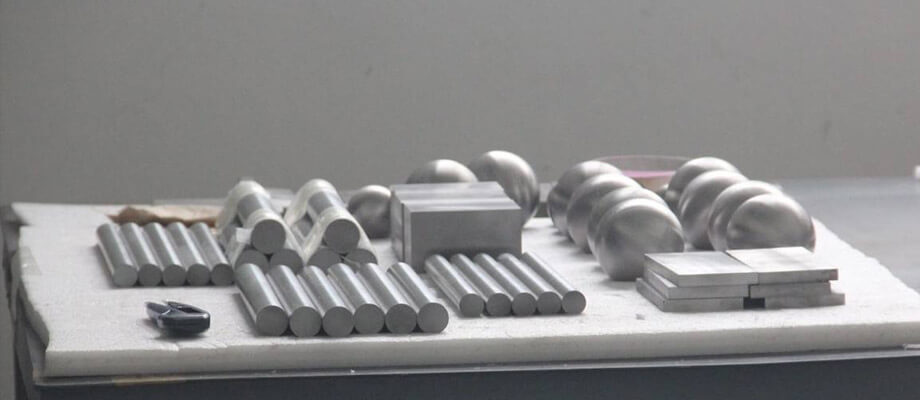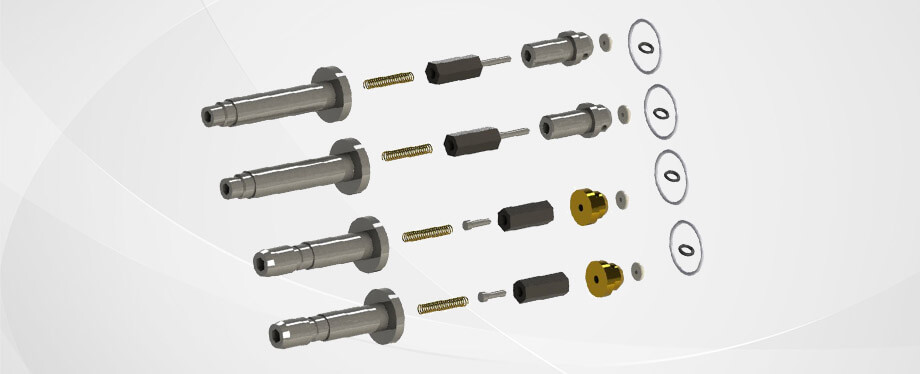Solenoids are the basic electromagnetic actuation device for electromechanical equipment. No matter which types of solenoids, electrical solenoids or hydraulic solenoids, they all share the same basic solenoid structure, which includes a wound solenoid coil and the solenoid armature kit, which is also known as solenoid iron core. About the solenoid coils, we have talked about solenoid coil detail information in the latest post. Solenoid iron core includes solenoid armature tube, sealing compound, and solenoid plunger. Among these components solenoid plunger is the final actuating component, when the solenoid coil has been electrified, the magnetic field is created, and the solenoid iron core is magnetized so that the plunger can move to trigger the device. And when the electricity has been cut off, the magnetic field disappeared, the solenoid iron core becomes unmagnetized immediately, and the solenoid plunger is reset to its previous position.
Solenoid Iron Core Materials
From the above solenoid working procedures, we can easily find out that the solenoid iron core must be made of magnetizable materials. There are many metallic materials that can be magnetized, such as steel, cobalt, nickel, etc. Normally, carbon steel is the traditional magnetizable material, except for 304 stainless steel, other steel types can be magnetized.
Typically speaking, the materials that have higher carbon content creates stronger remanent magnetism when it has been magnetized. To make solenoid iron core, the most suitable material is soft iron, not steels. When the steels are magnetized, they will keep the magnetic permanently, even after the electricity has been cut off, the magnetized steel cannot demagnetizing. Therefore, if the solenoid armature assembly is made of steels, its magnetism cannot be controlled by the current size, which means it lost the main features of solenoid.
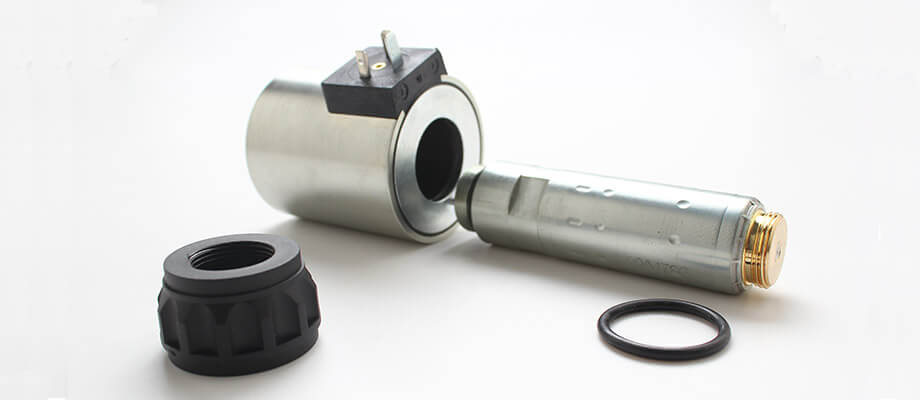
Alloy Iron
The material used to make solenoid iron core is not pure iron, it is ferriferous oxide. The iron core of solenoid is used to enhance the magnetism of the solenoid, therefore, you just need to choose the materials with magnetic permeability larger than 1, for example, the metal oxides like manganese, cobalt, etc. And the larger the magnetic permeability of materials is, the larger magnetic field it can create.
Compare the magnetic permeability of the magnetizable materials, iron has the highest magnetic permeability than other metal materials. Moreover, the prices of other metal materials are higher than iron. So, normally, the solenoid manufacturers do not use other metal materials to make solenoid iron cores. Nowadays, the majority solenoid manufacturers use alloy iron to make solenoid iron core, for example, the manganese zinc ferrite materials have the magnetic permeability about 18000, and the magnetic permeability of traditional ferriferous oxide material is only a couple of hundreds.
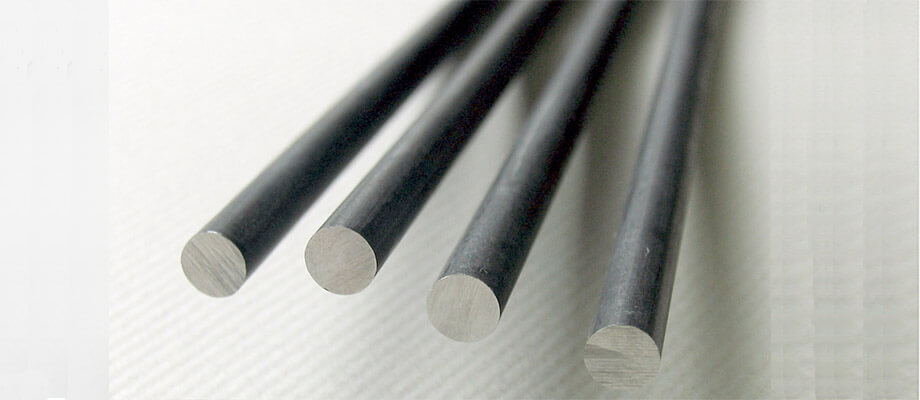
Electrical Pure Iron
There are two types of electrical pure iron: pure iron for raw materials (DT1, DT2) and electromagnetic pure iron (DT3, DT4, DT5, and DT6). There is hot rolled electrical pure iron bar with the diameter no more than 250mm, hot forging and cold draw electrical pure iron bars, and both cold rolled and hot rolled electrical pure iron plate.
Pure iron is 99.5% of electrolytic iron, which has the coercive force of Hc=7.2A/m, and the initial magnetic permeability of µi=12*10-4H/m, and the maximum magnetic permeability ofµm=250-4H/m. The higher purity the iron is, the better electromagnetic property it has. But to manufacture high purified iron requires complicated manufacture process which needs higher cost. Normally, the iron manufacturers use electromagnetic pure iron, and during the smelting process, they will add some aluminum-silicon in order to decrease the bad influence of magnetic performance that creates by other impurities. As there is little impurity content in electromagnetic pure iron, it has good cold-working property and high saturation magnetic flux density. But at the same time, the electrical resistivity of electromagnetic pure iron is low, so the iron loss is big, it is most suitable for the constant magnetic field. After the electromagnetic pure iron has been processed, there must be machining residual stress, which lowers the magnetic performance of electromagnetic pure iron, so there must be an annealing process after the machining process.

Ferronickel
The ferronickel which has nickel content about 45% – 80% has perfect magnetic performance after the high-temperature annealing process. In low magnetic flux density, the magnetic permeability of ferronickel material is 10 – 20 times of the permeability of silicon steel sheet. The control motor iron core of many different electrical equipment are made of ferronickel materials, such as the rotary transformer, tachogenerator, etc.
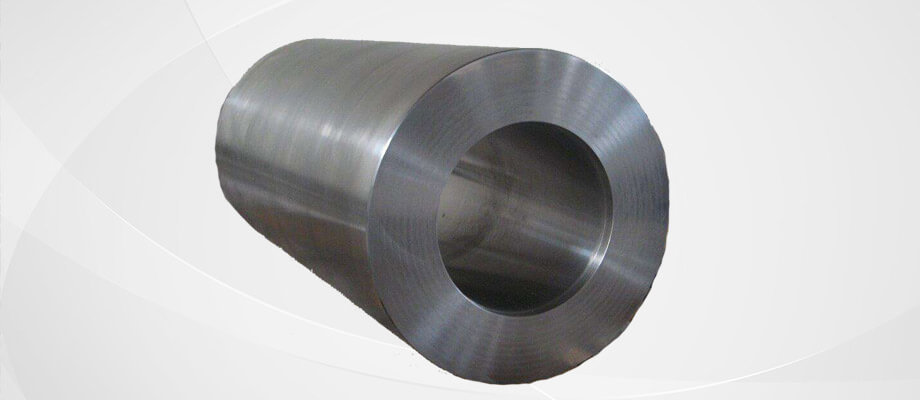
Ferro-aluminium
The main contents of ferro-aluminum are iron and aluminum (about 6% – 16%), which is also a popular magnetically soft alloy with the high magnetic property that has been used in micromotor manufacture. The main features of ferro-aluminum are high electrical resistivity, high hardness, low density, good vibration and shock resistance performance, etc. The solenoid iron core made of ferro-aluminum has low eddy current loss and light weight. It also needs the annealing process after the machining process.
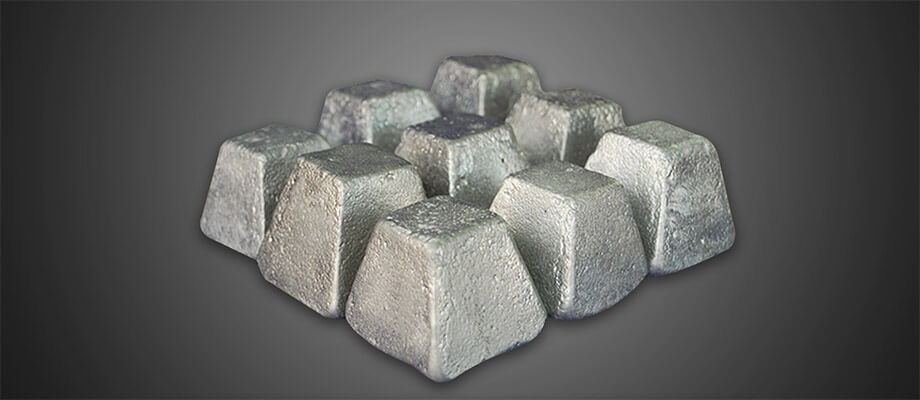
Ferro Cobalt
Among all types of solenoid iron core materials, ferro cobalt holds the highest saturation flux density, high Curie temperature (98℃), and low electrical resistivity. The content of cobalt is about 50% of ferro cobalt, which is mainly used to manufacture the solenoid iron cores for the aerospace industry.
